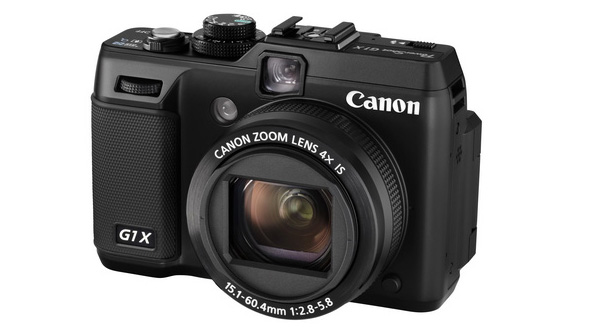Why you can trust TechRadar
With a maximum aperture of f/2.8, the Canon PowerShot G1 X's lens performs well in low light, enabling you to keep the ISO as low as possible as the light deteriorates. At the telephoto end of its range, the maximum aperture drops to a less impressive f/5.8, though.
But the camera's excellent IS system does a decent job of making up some - but not all - of the shortfall when it comes to keeping things steady.
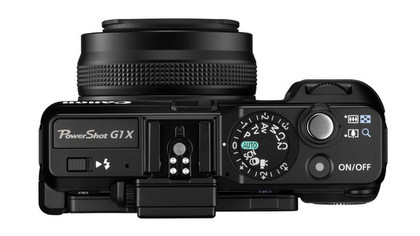
At 4x optical zoom, the lens provides a 28-112mm (35mm equivalent) range - a respectable selection of focal lengths to cover a variety of everyday situations, although it's slightly less versatile than the Canon G12's 5x optical zoom (28-140mm f/2.8-f/8 - 35mm equivalent).
On the other hand, the Canon G1 X's larger sensor does mean that you can achieve much-coveted shallow depth-of-field effects when shooting wide open, with beautifully blurred backgrounds that are normally out of the question when using a compact camera with a smaller sensor.
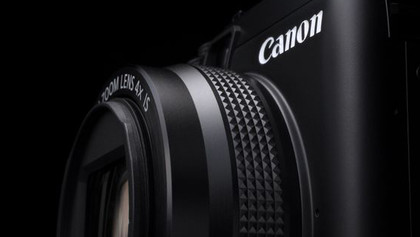
14-bit raw shooting ability - combined with the well-engineered lens - means that you can really make the most of this camera's potential. Raw files are incredibly detailed and expand upon the already impressive dynamic range that's present in JPEGs taken straight out of the camera.
We found there was plenty of additional detail to be retrieved from areas of particular brightness and shadow: a bit of tweaking here and there is usually all that's needed to make raw files from the Canon G1 X really sing.
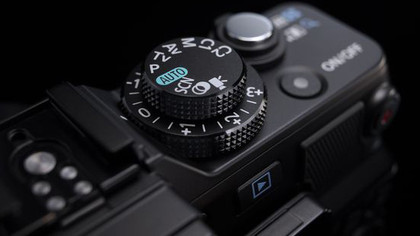
As we've come to expect from Canon's PowerShot range, the colours captured in shots under a variety of different conditions are accurate, yet vibrant, with raw files providing further scope for perfecting how you want your images to look.
The metering and Auto WB systems perform consistently well, while in our real-world tests, noise also proves to be impressively well-controlled across much of the Canon G1X's native ISO sensitivity range.
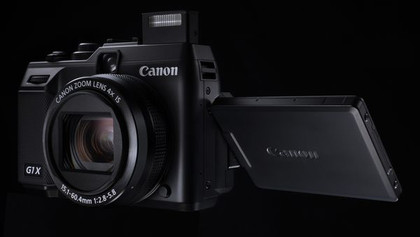
HD movies are crisp, clean and smooth, thanks in part to the Canon G1 X's excellent built-in Intelligent Image Stabilisation (IS) system. You get to keep full use of the zoom lens while recording, and the AF system does a decent job of keeping up with your subject.
However, as is often the case with many movie-enabled cameras we've seen recently, the noise from the lens as it focuses and zooms is picked up on the soundtrack.
Current page: Performance
Prev Page Build quality and handling Next Page Image quality and resolution